Table of Contents
- Introduction: What's the Big Deal About Curry?
- The Spice Factor: Is Curry Always Hot?
- Types of Chilies That Can Heat Up Your Curry
- How Spicy Is Too Spicy? Understanding Scoville Units
- How to Adjust the Heat Level in Your Curry
- Myth vs. Fact: Common Curry Misconceptions
- Curry Around the World: Regional Variations in Spice
- Top 5 Tips for Taming or Boosting Curry Heat
- Beyond Heat: Exploring Curry’s Flavor Profiles
- Summary: Is Curry Hot?
- Frequently Asked Questions
Introduction: What's the Big Deal About Curry?
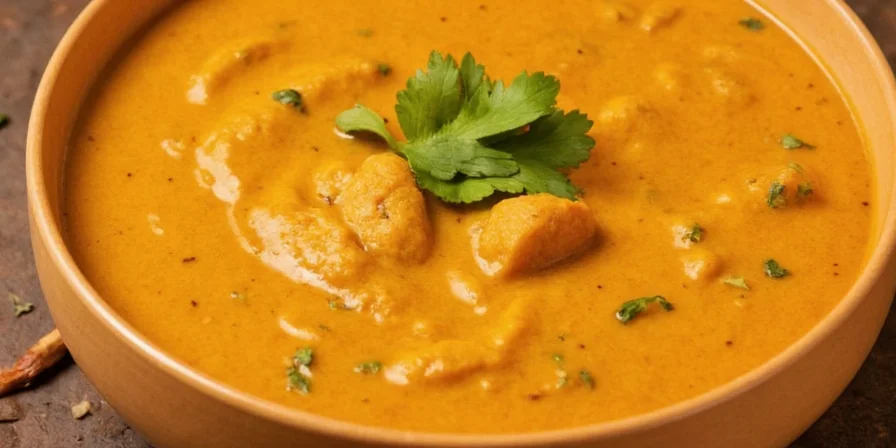
The word "curry" can mean a thousand things to a thousand people. From creamy coconut-infused Thai green curry to fiery Indian vindaloos and mild Japanese kare, the term is as versatile as the flavors it represents.
But here's the question we all ask at least once: Is curry hot? Spoiler alert—it depends. This guide delivers actionable insights specifically for home cooks and food enthusiasts navigating international recipes. You'll gain confidence in predicting and controlling spice levels while avoiding common pitfalls that lead to unexpectedly fiery meals.
The Spice Factor: Is Curry Always Hot?
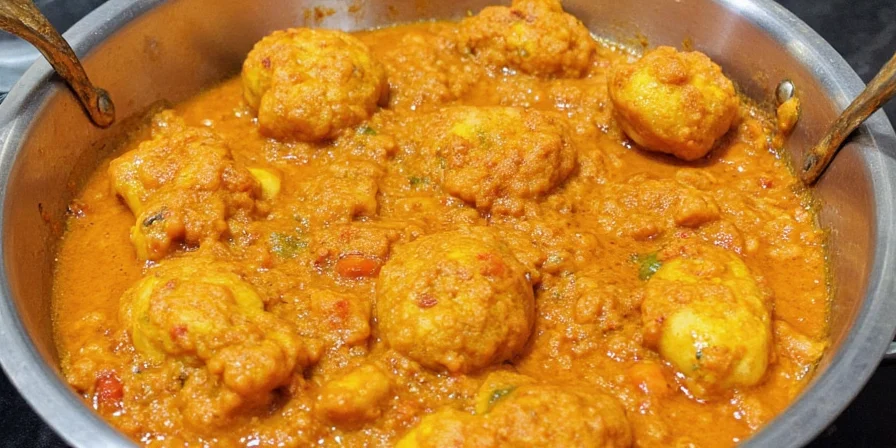
Nope! Not all curries are created equal when it comes to heat. In fact, many traditional dishes labeled "curry" barely bring the burn. Here's the breakdown:
| Curry Type | Typical Heat Level | Common Ingredients |
|---|---|---|
| Japanese Kare | Very Mild | Fat, potatoes, carrots, mild spices |
| Thai Yellow Curry | Moderate | Yellow chili paste, turmeric, coconut milk |
| Indian Vindaloo | Very Hot | Dried red chilies, vinegar, garlic |
| Madras Curry | Medium-Hot | Curry powder blend with cayenne pepper |
| Caribbean Curry Goat | Hot | Scotch bonnet, cumin, coriander |
Types of Chilies That Can Heat Up Your Curry
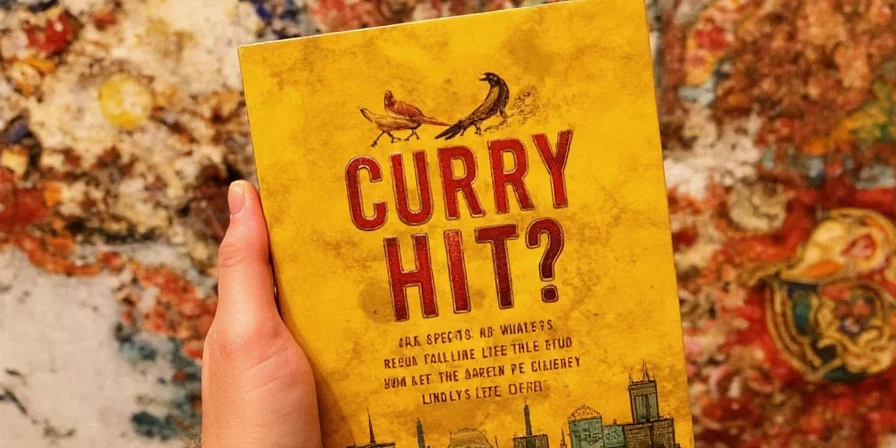
Curry heat usually comes from chilies—either fresh, dried, or in paste form. Here are some of the most common ones used across global kitchens:
- Hatch Green Chili – Medium heat, smoky flavor (USA/Mexican influence)
- Bird’s Eye Chili – Very hot, commonly used in Thai cuisine
- Cayenne Pepper – Ground, adds sharp heat to spice blends
- Jalapeño – Mild to medium, often used in Tex-Mex curries
- Scotch Bonnet – Extremely hot, essential in Caribbean cooking
- Ghost Pepper (Bhut Jolokia) – Used sparingly for extreme heat challenges
How Spicy Is Too Spicy? Understanding Scoville Units
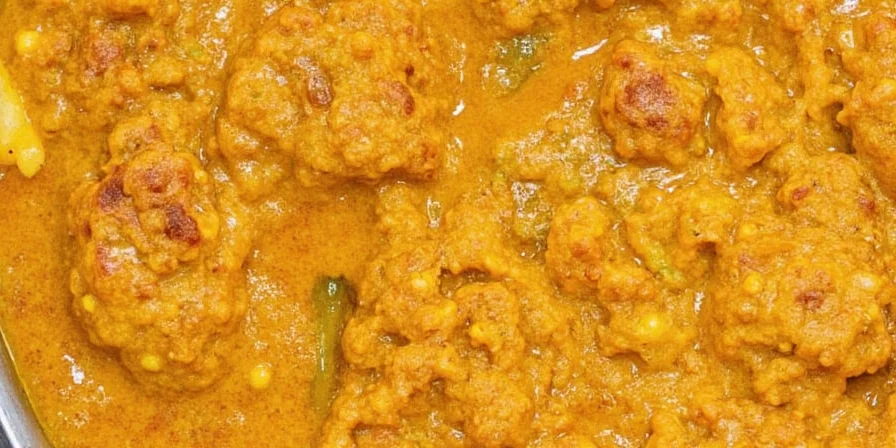
Ever wondered how much actual heat you're consuming? Meet the Scoville Scale, the scientific measure of spiciness. Here's how your favorite curry ingredients stack up:
| Ingredient | Scoville Heat Units (SHU) |
|---|---|
| Bell Pepper | 0 |
| Jalapeño | 2,500–8,000 |
| Scotch Bonnet | 100,000–350,000 |
| Bird’s Eye Chili | 50,000–100,000 |
| Ghost Pepper | 1,000,000+ |
If you’re making a curry with even one ghost pepper, you’re playing with fire—literally!
How to Adjust the Heat Level in Your Curry

Whether you want to dial down the spice or crank it up, here’s how to be the master of your curry’s heat:
- Add dairy: Coconut milk, yogurt, or cream can neutralize capsaicin (the compound that makes chilies hot).
- Sweeten the deal: A touch of sugar, honey, or tamarind balances out heat beautifully.
- Dilute with bulk: Adding more veggies or protein can reduce the overall concentration of spices per bite.
- Remove seeds: Most of the heat in chilies lives in the seeds and inner ribs. Remove them for a milder kick.
- Toast to flavor: Toasting whole chilies before grinding enhances their depth without increasing heat.
Myth vs. Fact: Common Curry Misconceptions
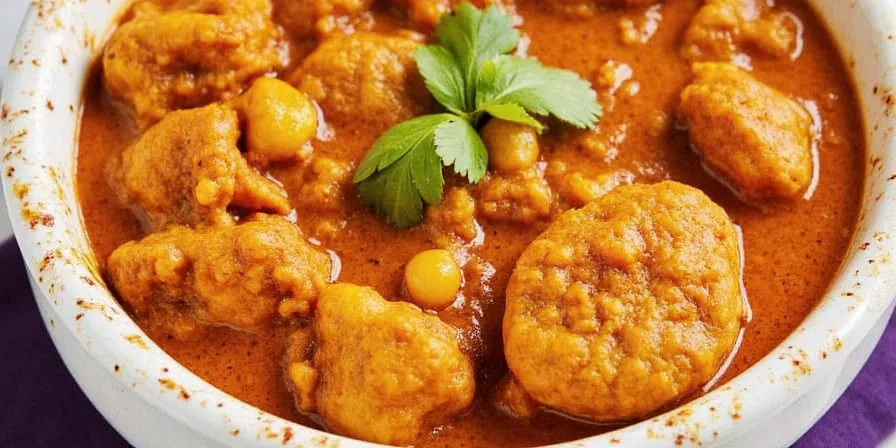
Let’s separate fact from fiction when it comes to curry and heat:
- Myth: All yellow curries are mild.
- Fact: Thai yellow curry is traditionally the mildest, but variations with extra chilies can increase heat significantly.
- Myth: More spice means more flavor.
- Fact: Balance is key. Overloading can overpower subtle notes.
- Myth: Only fresh chilies add real heat.
- Fact: Dried chilies and powders often pack more punch per volume.
- Myth: You can’t reduce the heat after it’s cooked.
- Fact: Add dairy, sweeteners, or starches to tone it down post-cooking.
Curry Around the World: Regional Variations in Spice
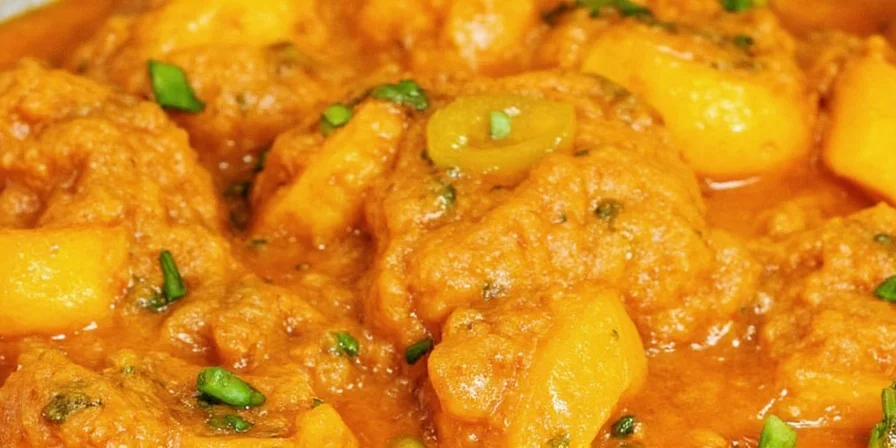
One of the most fascinating aspects of curry is its incredible diversity. Here's how different cultures treat spice in their curries:
- India: Known for layering spices like cardamom, cloves, and mustard seeds along with chilies. South Indian dishes tend to be hotter than North Indian ones.
- Thailand: Green curry, made with fresh bird's eye chilies, is often the hottest. Red curry uses dried chilies and varies, while yellow curry is typically the mildest due to turmeric.
- Jamaica: Jerk seasoning and Scotch bonnets give Caribbean curries a unique, earthy heat.
- Japan: Uses pre-made curry roux blocks that are very mild and kid-friendly.
- United Kingdom: British-style curry leans towards medium-hotness with added sweetness from tomatoes and apples.
Top 5 Tips for Taming or Boosting Curry Heat
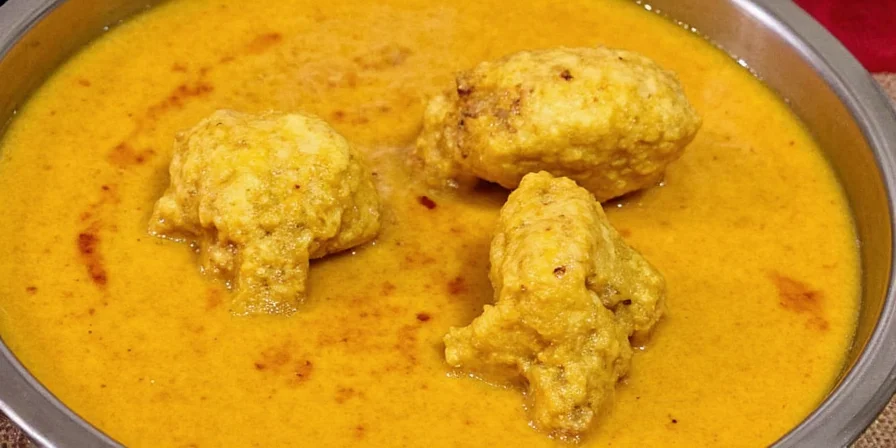
- Use a spice diary: Keep track of which combinations and quantities worked best for future recipes.
- Test before committing: Make a small test batch before serving to large groups.
- Layer your spices: Sauté aromatics first, then add dry spices, then wet ingredients for balanced flavor release.
- Control portion size: Serve hot curries in smaller bowls and offer cooling sides separately.
- Label your dishes: At gatherings, clearly mark which curries are hot, medium, or mild to avoid surprise reactions.
Beyond Heat: Exploring Curry’s Flavor Profiles
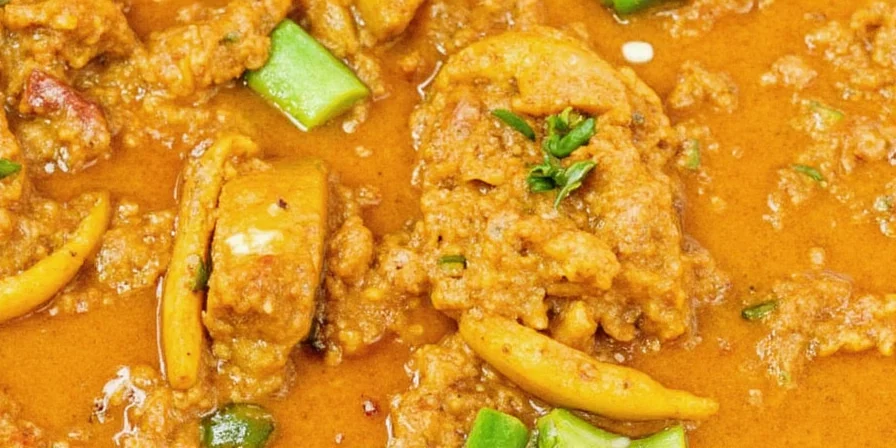
While heat is a big part of curry’s appeal, don’t forget about the other components that make it unforgettable. Crucially, curry heat often serves a social purpose: In many cultures, sharing spicy food builds camaraderie—overcoming the heat together creates memorable bonding experiences. This communal aspect is as essential to curry's global appeal as its complex flavors.
- Umami: From fish sauce, soy sauce, or fermented shrimp paste
- Acidity: Lime juice, tamarind, vinegar, or tomatoes
- Salt: Enhances all flavors and balances sweetness
- Smoke: Achieved by roasting spices or using smoked paprika
- Herbs: Fresh cilantro, basil, lemongrass, and mint elevate freshness
Think of curry as a full orchestra—capsaicin is just one instrument among many.
Summary: Is Curry Hot?
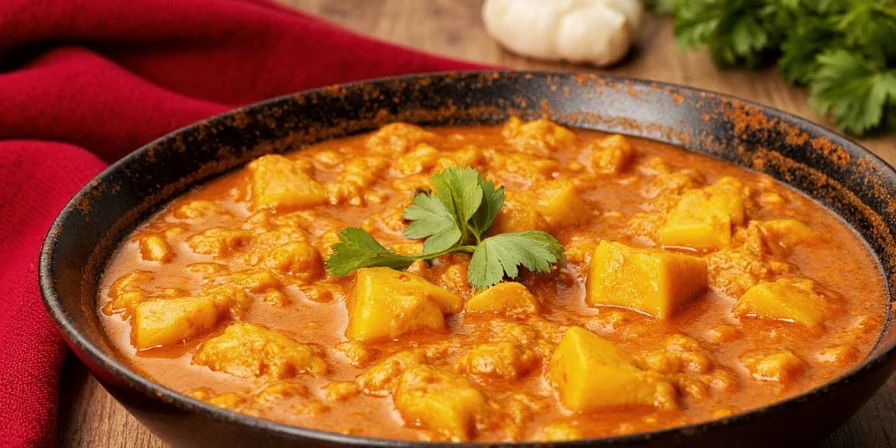
In short: Curry can be hot—but it doesn’t have to be. Whether your curry ignites flames in your mouth or simmers gently in your stomach depends on:
- Where it’s from
- What kind of chilies or spice blends were used
- How it was prepared
- Your own personal heat tolerance
So next time someone asks, "Is curry hot?"—smile and say, "That depends… how brave are you?"
Frequently Asked Questions About Curry Heat
Is all curry spicy?
No, curry ranges from very mild (Japanese kare) to extremely hot (some Indian vindaloos). Spice levels depend on regional recipes and ingredient choices.
What makes Thai green curry hotter than yellow?
Green curry uses fresh bird's eye chilies which deliver intense heat, while yellow curry relies on milder turmeric and fewer chilies. Regional variations can alter this balance.
How do I reduce curry heat after cooking?
Add dairy like coconut milk or yogurt, sweeteners such as honey, or starches like potatoes. Diluting with extra non-spicy ingredients also helps lower overall heat concentration.
Why does curry heat affect people differently?
Individual tolerance varies due to genetic factors affecting capsaicin receptors. Regular exposure can build tolerance, while cultural background influences perceived acceptable heat levels.
Can I substitute chilies without changing flavor?
Yes—use bell peppers for zero heat, jalapeños for mild warmth, or cayenne for sharper heat. Remove seeds for milder results. Remember that different chilies contribute unique flavor notes beyond just heat.











 浙公网安备
33010002000092号
浙公网安备
33010002000092号 浙B2-20120091-4
浙B2-20120091-4